Celebrating “10 years of Advanced Energy Materials Research,” we chatted with Stefano Passerini, Director of the HIU about his career, concerning trends in battery science, and how Dante has influenced his development.
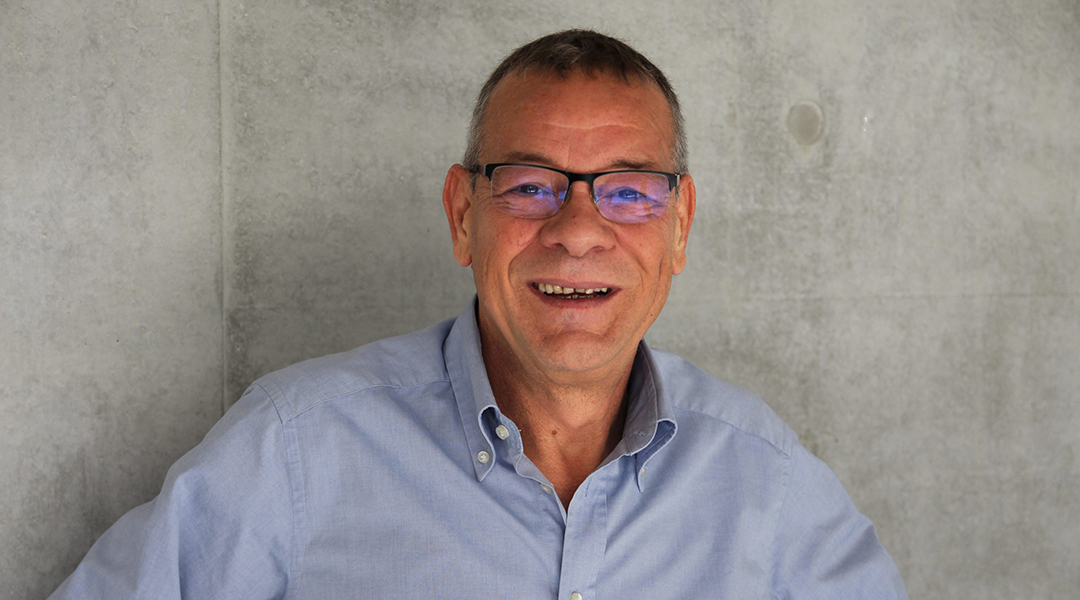

Celebrating “10 years of Advanced Energy Materials Research,” we chatted with Stefano Passerini, Director of the HIU about his career, concerning trends in battery science, and how Dante has influenced his development.
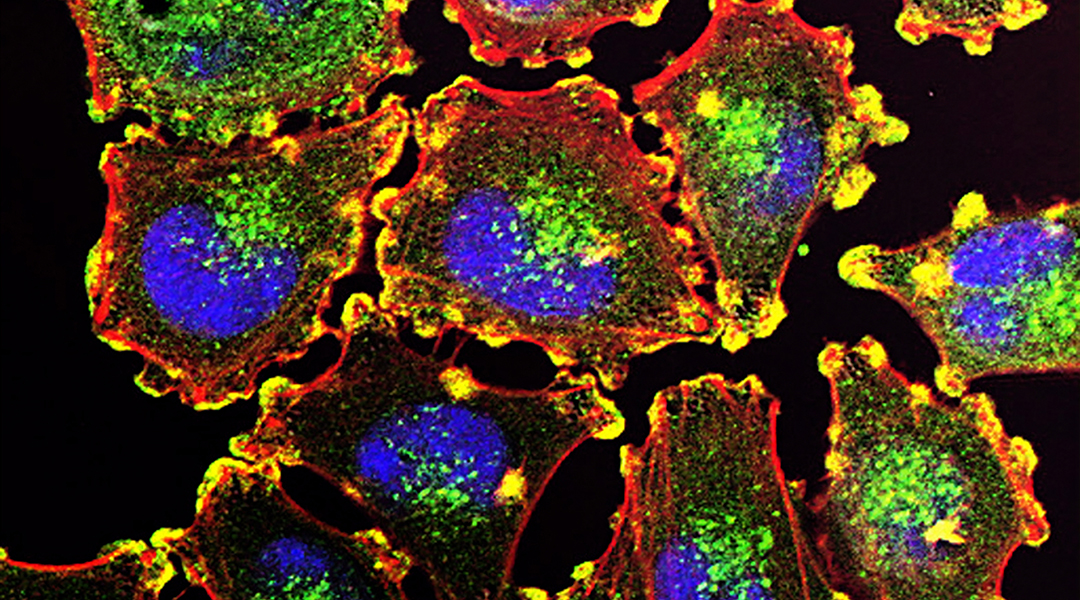
Light-activated proteins enable scientists to study and engineer subcellular structures for research and biotechnological applications.
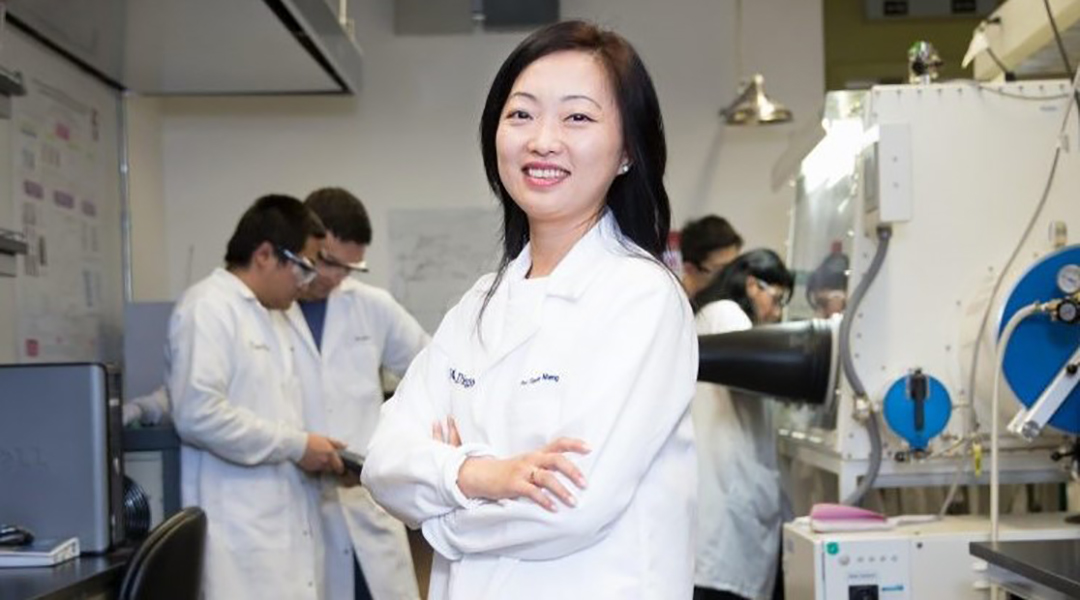
The materials scientist talks about the challenges in finding work/life balance, her research in sustainable energy storage, and how Chinese calligraphy has shaped her way of thinking.
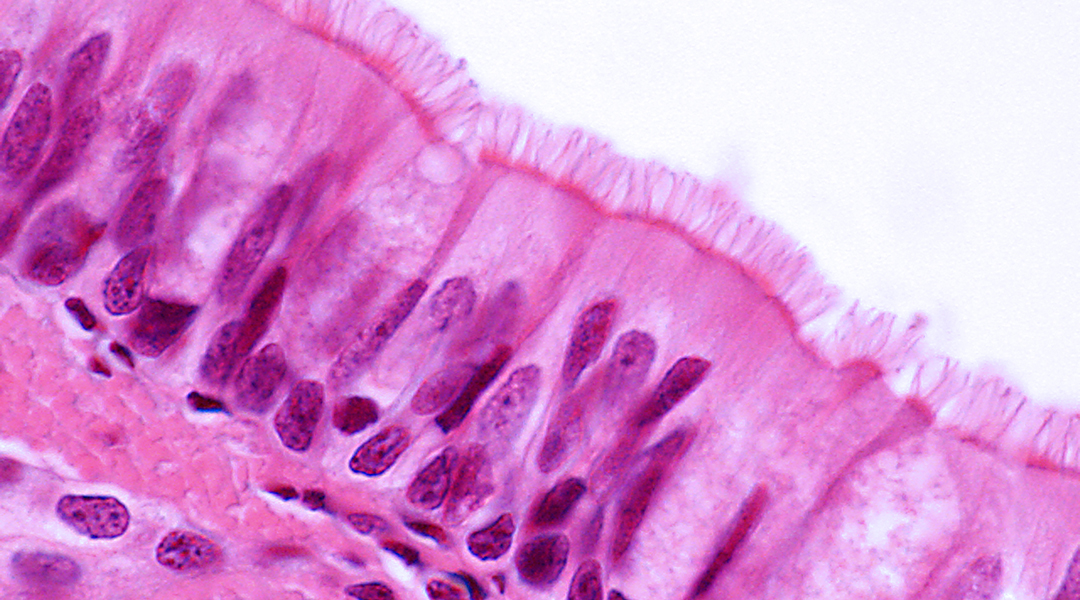
Damaged trachea can now be regenerated and customized with the help of engineered biomaterials, replacing the need for prosthesis.
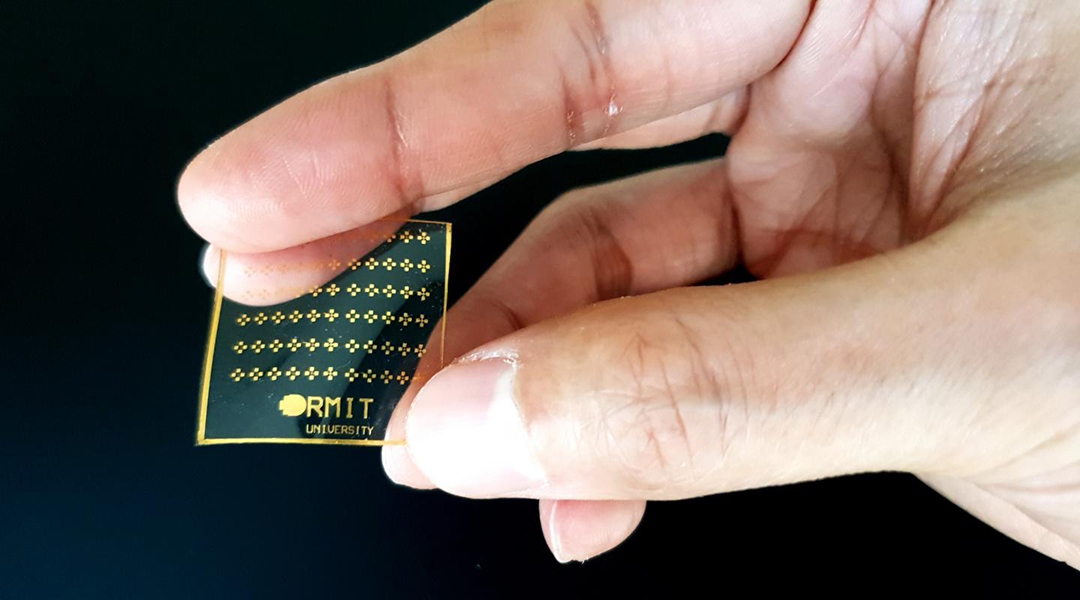
Prototype device electronically replicates the way human skin senses pain.
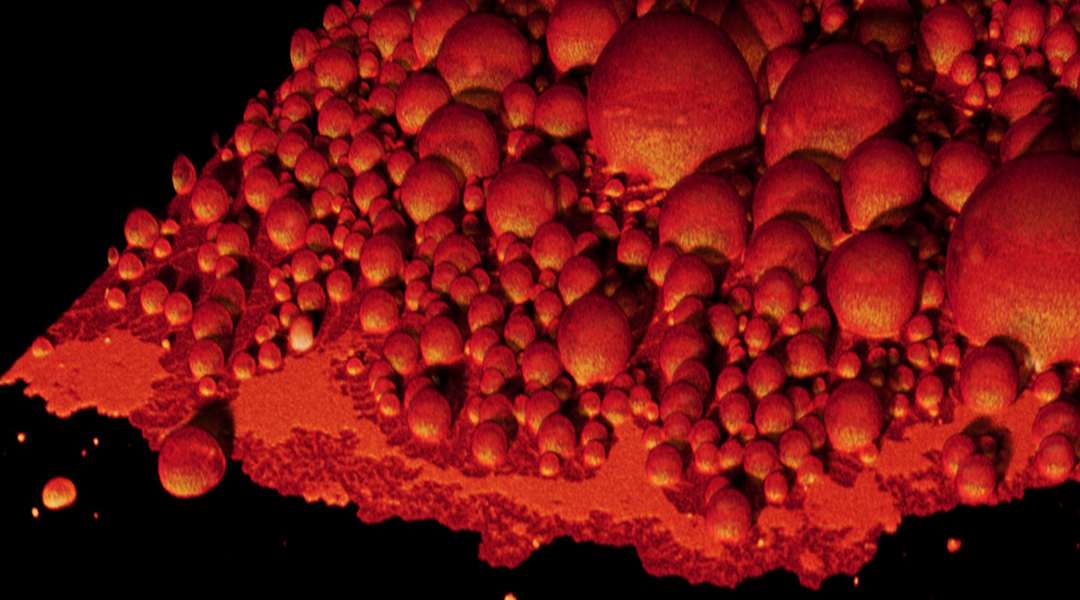
Researchers shed light on the conditions that could have led to our abiogenesis by simulating the rapid growth and fusion of protocells.
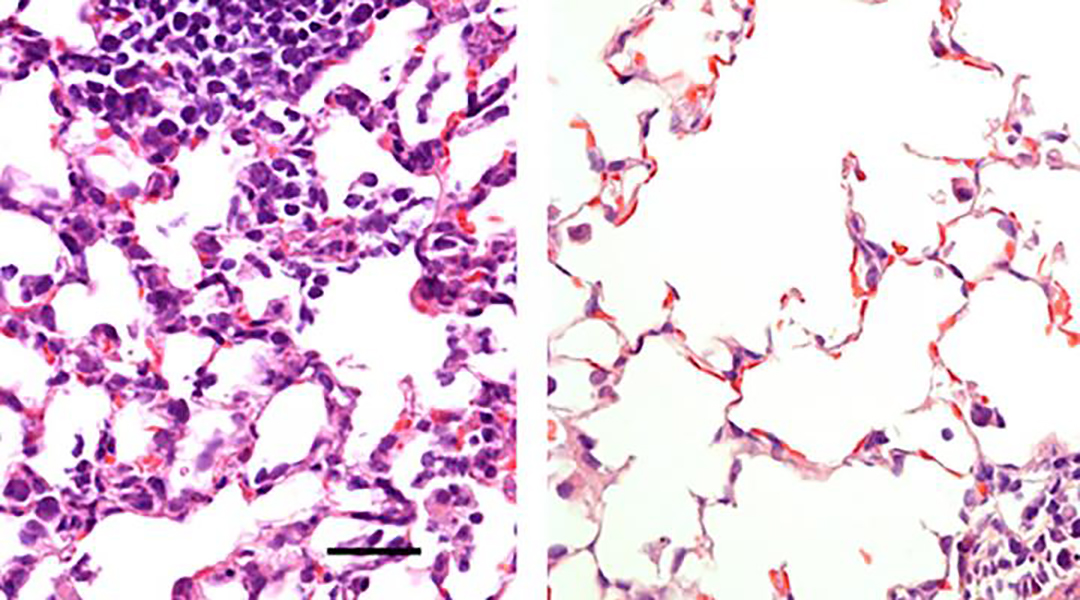
Study claims nasal delivery protects first site of infection and produces widespread immune response compared to intramuscular injection.
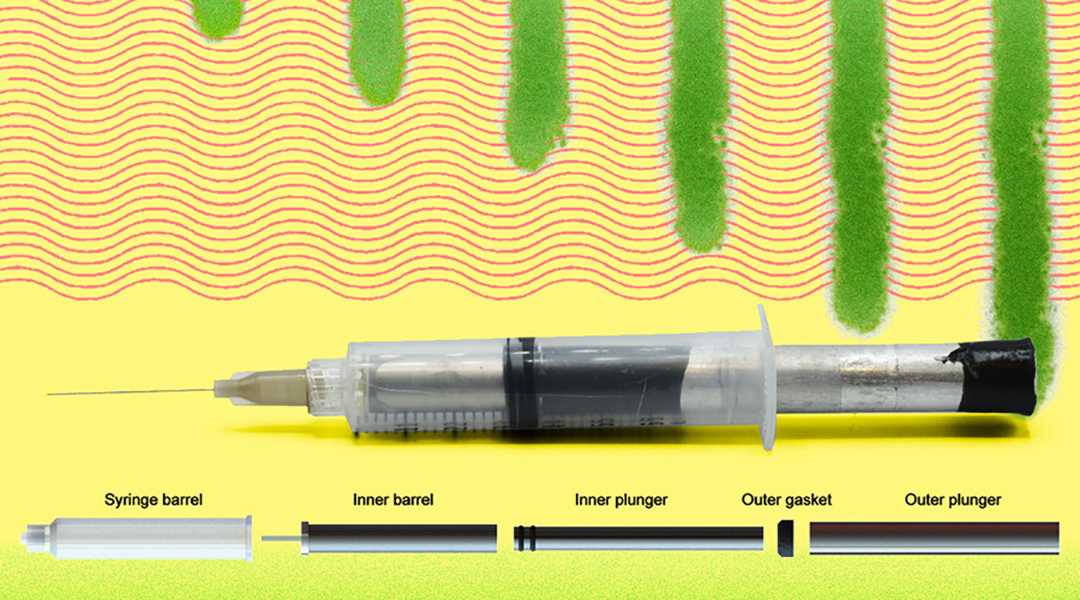
Researchers have designed a simple, low-cost device for subcutaneous injection of viscous formulations.
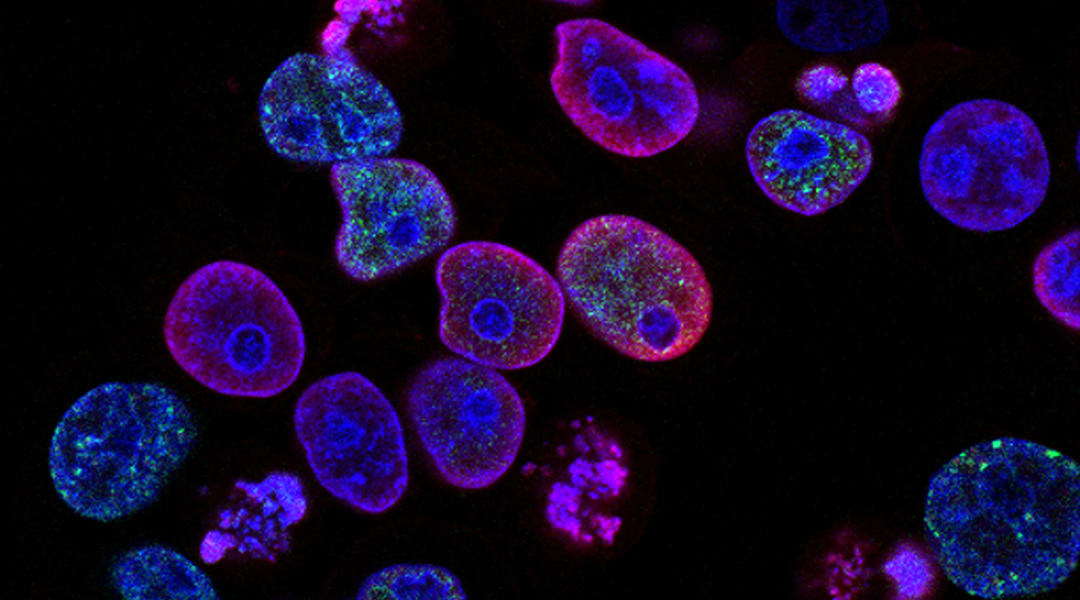
Researchers have designed a gold-coated nanomotor that can be controlled by infrared irradiation for precise drug delivery in cells.

To celebrate his upcoming 77th birthday, we reached out to nanochemist and long-time ASN contributor, Geoffery Ozin, to discuss his colorful career, current projects, and plans for the future.